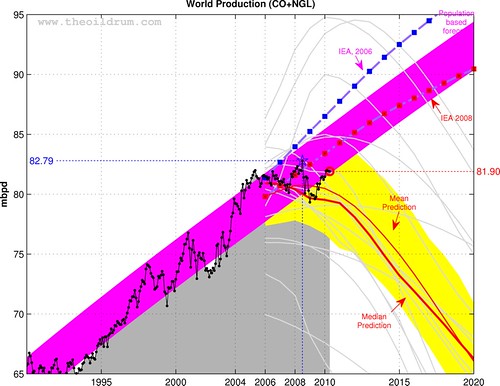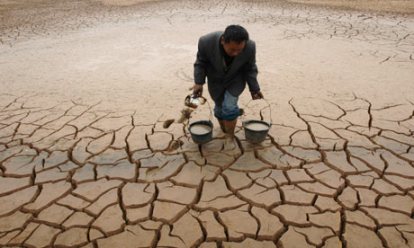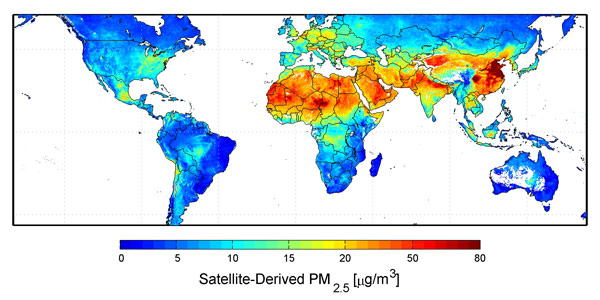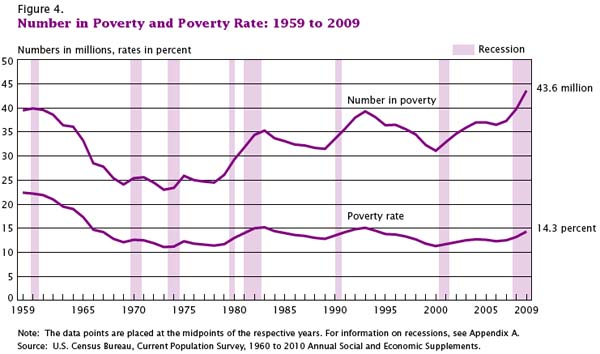EIA Canadian Crude Oil Imports: Increasing Importance to the United StatesHTML clipboard
U.S. consumers are sometimes surprised to learn that our single largest foreign source of crude oil is Canada, which surpassed Saudi Arabia as the leading supplier to the United States in 2004 and has continued to hold that position.
Since 1990, total U.S. crude oil imports from Canada have increased by 1.3 million barrels per day, accounting for 40 percent of the 3.1 million barrel per day growth in total crude oil imports since that date. Over the last decade alone, the share of U.S. crude oil imports coming from Canada has increased from 13 percent to 22 percent.
From January through June 2010, 2.0 million barrels per day of Canadian crude oil were imported into the United States, of which 1.2 million barrels per day went into the Midwest. According to the Canadian National Energy Board, almost half of the crude oil exported to the United States was either synthetic crude or blended bitumen from the Alberta oil sands. Bitumen, a heavy, viscous type of hydrocarbon extracted from the oil sands, is blended with lighter hydrocarbons to allow it to flow through pipelines. It then may be upgraded into a relatively light, sweet synthetic crude oil that can be used by most refineries.
The recent shutdown of two pipelines bringing Canadian crude oil to the U.S. demonstrated the growing importance of these imports. On September 9, the Enbridge Lakehead System had to shut down its Line 6A pipeline due to a crude oil leak in Romeoville, Illinois. This incident followed the discovery of another leak and a shutdown of Enbridge's Line 6B late in July. Line 6A is a major source of light synthetic, heavy, and medium Canadian crude oils for seven refineries in the Midwest and Pennsylvania, and many of the affected refineries have limited alternate supply sources. Fortunately for Midwest consumers, Enbridge was able to restart Line 6A on September 17 and Line 6B on September 27.
Read more at EIA this week
















 via
via 









